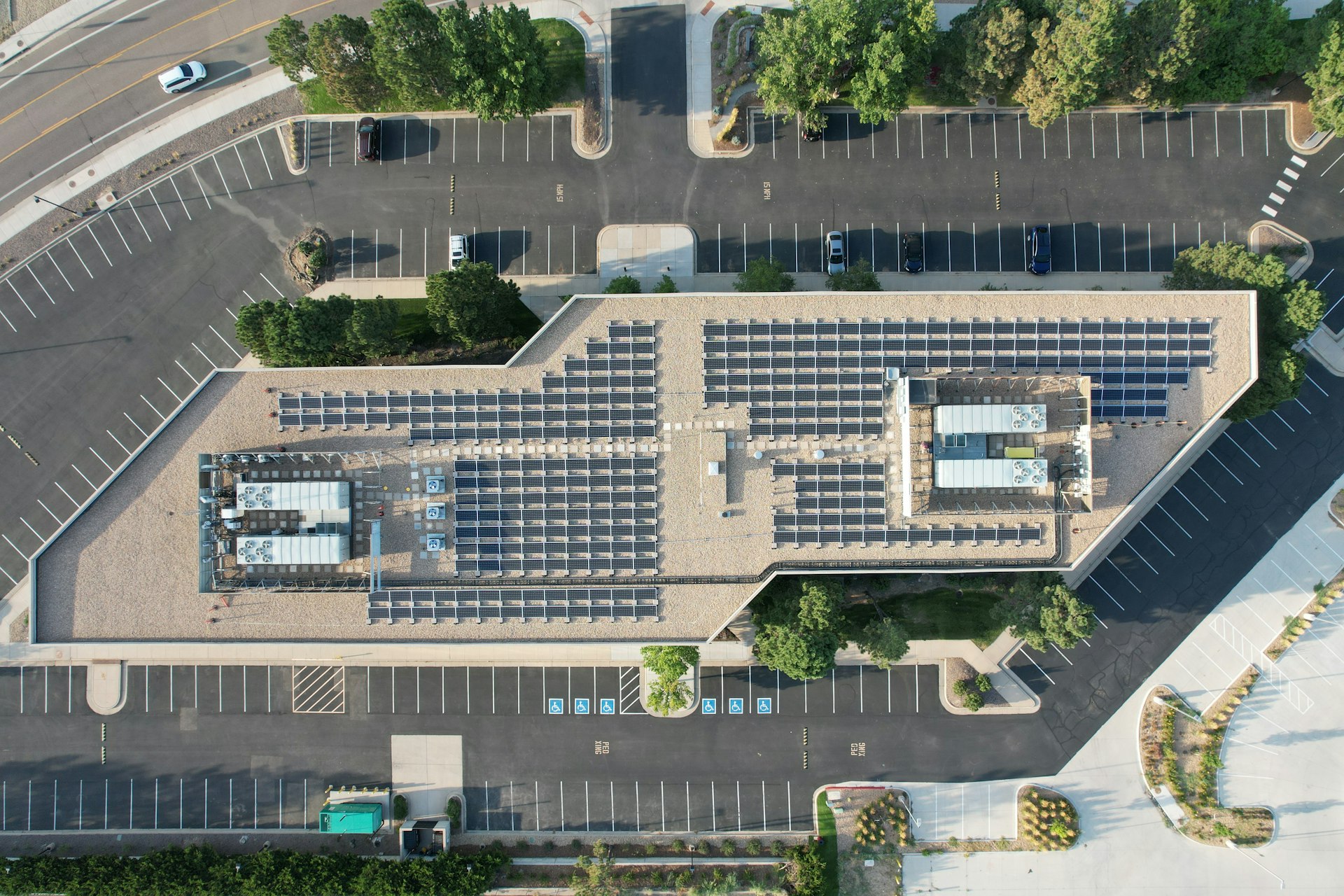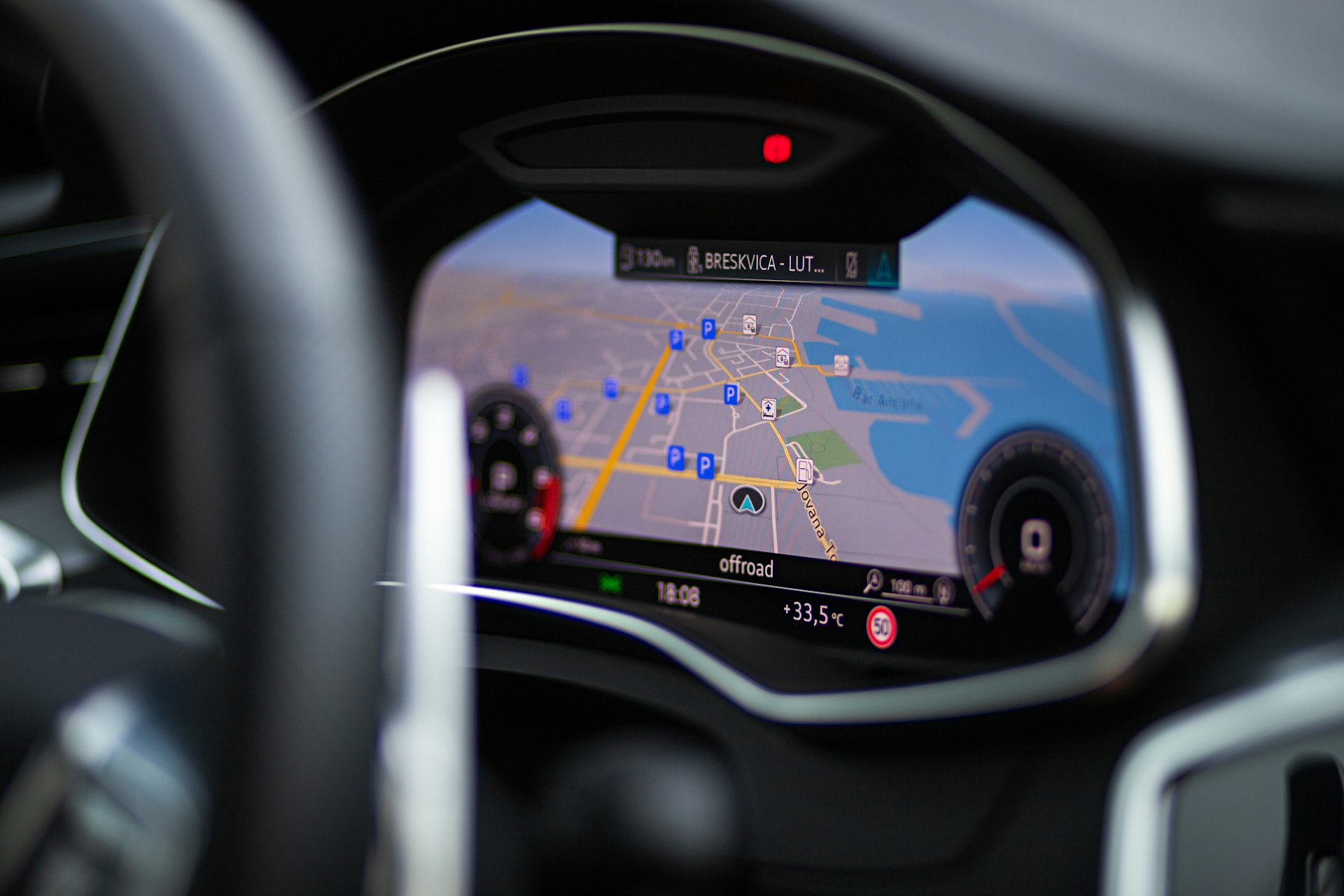The Future of Remote Vehicle Diagnostics: Trends, Technologies, and Opportunities

Photo by Areli Tenorio on Unsplash
The Evolution of Remote Vehicle Diagnostics
Remote vehicle diagnostics has shifted from basic fault-code reading to a sophisticated, cloud-powered ecosystem that supports real-time monitoring, predictive maintenance, and seamless integration with connected vehicles. This transformation is reshaping how automotive service providers, fleet operators, and individual drivers manage vehicle health, reduce downtime, and improve safety. As the vehicle landscape evolves with electrification and autonomy, remote diagnostics is set to play a central role in the automotive ecosystem, offering new efficiencies and business opportunities [1] .
Key Trends Shaping the Future
Several major trends are defining the future of remote vehicle diagnostics:
1. Growth of Connected Cars
The number of connected vehicles is rising rapidly, with projections suggesting over 1 billion connected vehicles by 2030 [1] . These vehicles generate vast amounts of data, enabling continuous health monitoring and the identification of emerging issues before they result in breakdowns. The connected infrastructure supports both individual owners and large fleets by delivering actionable insights directly to mobile devices, dashboards, or centralized maintenance teams.
2. Integration of Artificial Intelligence and Machine Learning
AI and ML technologies are revolutionizing diagnostics by enabling predictive maintenance and early fault detection. By analyzing historical and real-time data, these systems can forecast potential failures, recommend maintenance actions, and optimize repair schedules. For example, AI-driven diagnostics can alert fleet managers about impending component failures, allowing them to schedule preventive maintenance and avoid costly downtime [2] .
3. Advances in Cloud-Based Platforms
Cloud solutions are central to the scalability and effectiveness of remote diagnostics. They support the storage, processing, and analysis of vast data streams from millions of vehicles. Cloud platforms facilitate seamless integration between diagnostic tools, telematics hardware, and third-party services, providing a unified view of vehicle health and history. Cloud adoption allows for over-the-air (OTA) software updates, further streamlining maintenance and enhancing vehicle performance [1] .
4. 4G/5G and Network Infrastructure
The expansion of 4G and 5G networks is enabling faster, more reliable data transmission between vehicles and cloud platforms. This connectivity supports real-time diagnostics, rapid response to issues, and improved driver experiences. As network coverage expands, reliance on cellular connectivity for vehicle monitoring is expected to increase, opening the door for advanced features like predictive maintenance and OTA updates [2] .
5. Transition to Electric and Autonomous Vehicles
Electric vehicles (EVs) and autonomous vehicles bring new diagnostic requirements. EVs need specialized monitoring for battery health and charging systems, while autonomous vehicles generate even greater volumes of sensor data. Remote diagnostics solutions must adapt to process and analyze this data efficiently, ensuring the safety and reliability of next-generation vehicles. Companies in this space are developing tools tailored to the unique needs of electric and self-driving cars [1] .
6. Cybersecurity and Privacy
With the increased connectivity and data transfer, cybersecurity is a top priority. Vehicle data is sensitive, and robust security measures are needed to prevent unauthorized access and cyberattacks. Regulatory requirements around data privacy and security are becoming stricter, prompting manufacturers and service providers to implement advanced encryption, authentication, and monitoring protocols [1] . Consumers should look for solutions that comply with current data protection standards and offer transparent data handling policies.
Practical Applications and Real-World Examples
Remote vehicle diagnostics delivers tangible benefits for both individual drivers and fleet operators:
-
Real-Time Fault Detection:
If a vehicle experiences a malfunction on the road, data can be transmitted instantly to a service center or manufacturer. Mechanics can diagnose issues remotely and recommend immediate action, reducing repair times and enhancing safety [4] . -
Mobile App Integration:
Many automakers now offer mobile apps that connect to the vehicle’s diagnostic system via Bluetooth or Wi-Fi. These apps provide real-time updates on tire pressure, battery health, engine performance, and more. Users can track maintenance history, schedule repairs, and receive reminders for routine service [4] . -
Fleet Management Optimization:
For commercial fleets, remote diagnostics enables predictive maintenance, route optimization, and reduction of unplanned downtime. Fleet operators can monitor vehicle health across their entire fleet from a central dashboard, receiving alerts for any anomalies and scheduling maintenance proactively [3] .
Implementation: How to Access and Utilize Remote Diagnostics Solutions
For Individual Vehicle Owners:
To benefit from remote diagnostics, consider vehicles that support built-in telematics or aftermarket diagnostic devices. Many new cars come equipped with these features, and several manufacturers offer companion mobile apps for real-time monitoring. For older vehicles, aftermarket OBD-II dongles can be used; these plug into the vehicle’s diagnostic port and communicate with your smartphone via Bluetooth, providing access to live data and alerts.
Before purchasing, review the manufacturer’s website for compatibility details and app availability. Look for solutions that emphasize cybersecurity and offer regular software updates. Engage with your dealer or service provider to understand which diagnostic features are included in your vehicle’s warranty or maintenance plan.
For Fleet Operators and Businesses:
Commercial fleets can deploy remote diagnostics through integrated telematics platforms. Leading providers offer cloud-based dashboards that consolidate data from all vehicles, enabling real-time monitoring, predictive maintenance, and compliance tracking. When selecting a solution, evaluate:
- Compatibility with your current fleet vehicles and future acquisitions
- Integration with existing fleet management software
- Data security and privacy features
- Support for regulatory reporting and emissions compliance
Contact solution providers directly for demonstrations and pricing details. Be prepared to invest in both hardware (e.g., telematics modules) and software subscriptions. Most vendors offer training and technical support to ensure smooth implementation.
Business Models and Subscription Services
One of the most significant shifts in the industry is the move toward subscription-based services. Instead of paying large upfront costs, vehicle owners and fleet operators can subscribe to remote diagnostics platforms for a recurring fee. This model provides ongoing access to new features, software updates, and customer support. It also allows for scalability, as services can be added or removed according to operational needs [1] .

Photo by Paulo Carrolo on Unsplash
Challenges, Solutions, and Alternatives
Despite the clear benefits, remote diagnostics faces several challenges:
-
Data Security and Privacy:
As more vehicle data is shared over networks, risks of unauthorized access increase. Solution: Work with providers that use robust encryption, multi-factor authentication, and comply with industry standards for data protection. -
Standardization:
Lack of common protocols can limit interoperability between different vehicles and platforms. Solution: The industry is moving toward standardizing data formats and communication protocols, but in the interim, prioritize solutions with broad compatibility. -
Cost of Adoption:
For some fleets or owners, initial costs can be a barrier. Solution: Explore scalable subscription models and consider phased implementation, starting with high-priority vehicles or critical operations. -
Technological Complexity:
Integrating new systems can be challenging, particularly for legacy fleets or less tech-savvy users. Solution: Seek vendors offering comprehensive training and ongoing technical support.
Regulatory Landscape and Compliance
Governments worldwide are introducing regulations to ensure vehicle safety, emissions compliance, and data privacy. Remote diagnostics solutions must meet these evolving requirements, such as Real Driving Emission (RDE) tests and cybersecurity standards. When evaluating solutions, confirm that the platform is compliant with relevant regional or national regulations. For more information, visit your country’s transportation authority or regulatory agency website and search for “vehicle diagnostics compliance” or “connected vehicle regulations” [5] .
Actionable Steps for Adoption
To begin leveraging remote vehicle diagnostics, follow these steps:
- Assess your vehicle(s) for compatibility with remote diagnostics hardware or software.
- Research available solutions from established automotive manufacturers or telematics providers. Review their official websites for feature lists, security standards, and support policies.
- If you operate a commercial fleet, contact vendors to request demonstrations and discuss integration with your existing management systems.
- Consider starting with a pilot program-implement remote diagnostics on a small subset of vehicles, gather feedback, and refine your strategy before full-scale rollout.
- Stay informed about regulatory changes by visiting your national transportation authority’s website and searching for “vehicle diagnostics regulations.”
If unsure where to begin, consult your vehicle manufacturer’s customer support or your local dealership for guidance on available remote diagnostics options. For aftermarket solutions, reputable electronics retailers and automotive service centers can offer recommendations and installation services.
Key Takeaways
Remote vehicle diagnostics is rapidly advancing, driven by connected technology, AI, and the shift toward subscription models. The future promises more reliable vehicles, reduced maintenance costs, and enhanced safety. By understanding the available solutions, implementation pathways, and compliance requirements, both individual owners and fleet operators can position themselves to benefit from these transformative innovations.
References
- [1] Market Report Analytics (2024). Emerging Trends in Remote Vehicle Diagnostics & Management.
- [2] Future Market Insights (2024). Remote Vehicle Diagnostics Market.
- [3] Future Market Insights (2024). Commercial Vehicle Remote Diagnostics Market.
- [4] CGSulit (2024). The Future of Car Diagnostics: What to Expect in the Next Decade.
- [5] Transparency Market Research (2025). Remote Diagnostic Market, Outlook 2025.
MORE FROM promospotlight.com













